Quiz: Flight Planning with Sporty’s E6B
Flight Training Central
FEBRUARY 10, 2025
The electronic E6B is equally useful when in the airplane, to help determine actual winds aloft, true airspeed, fuel burn, and descent planning. Find the crosswind component for Runway 36 if the reported wind direction is 320 at 12 knots. knots Correct! knots Correct! 106 knots 110 knots 115 knots Correct!

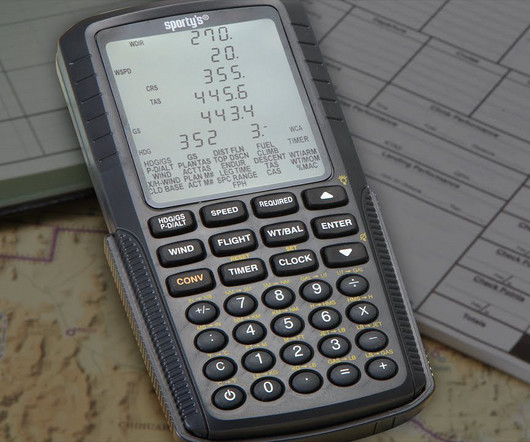

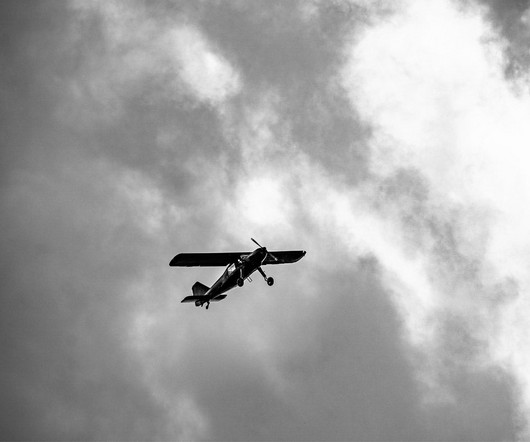
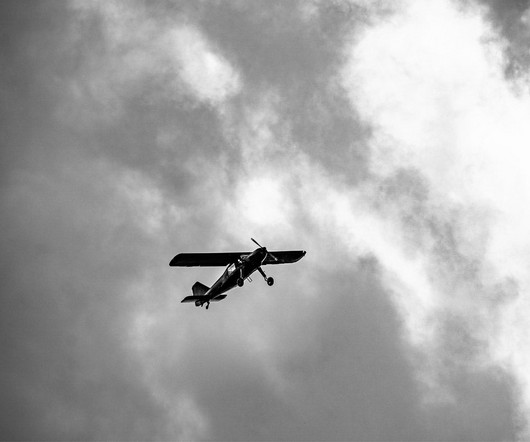
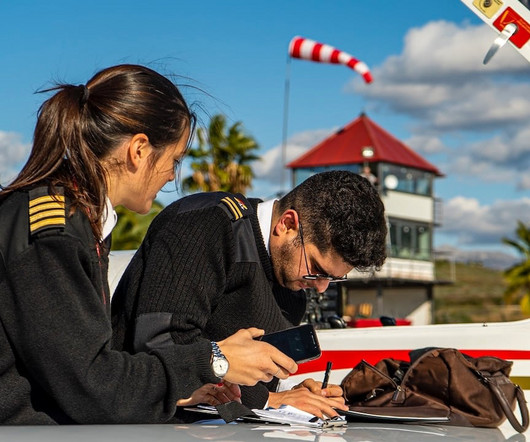
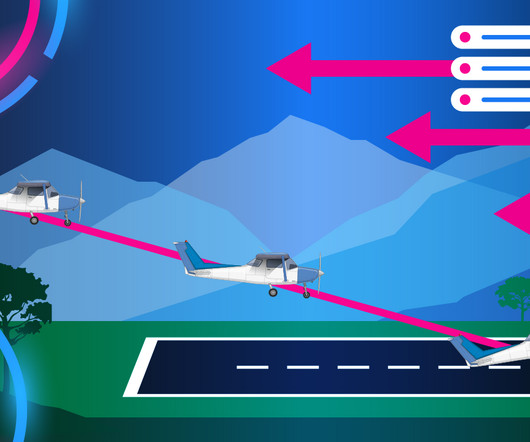







Let's personalize your content